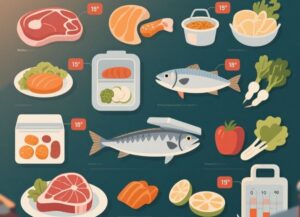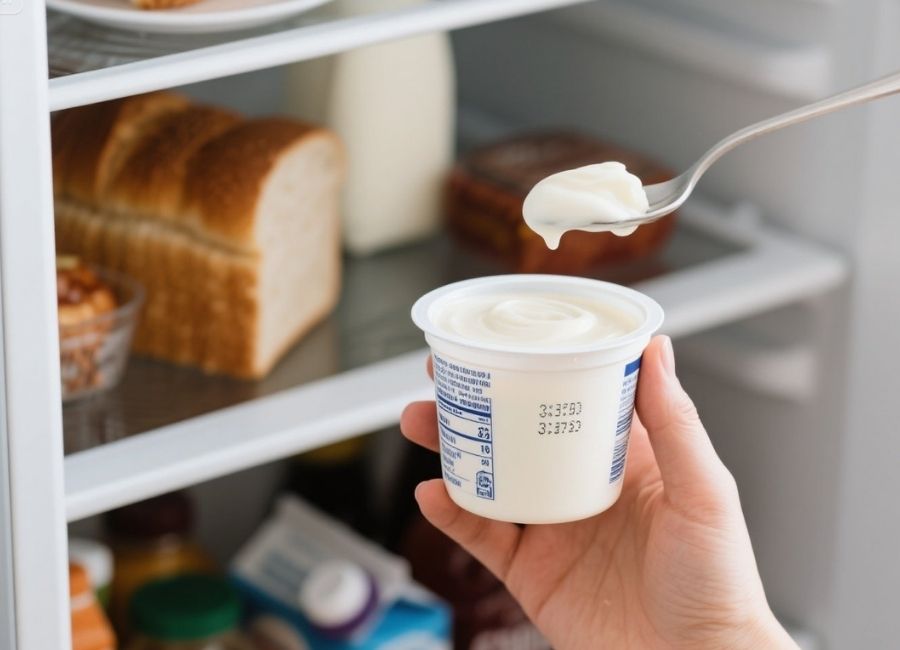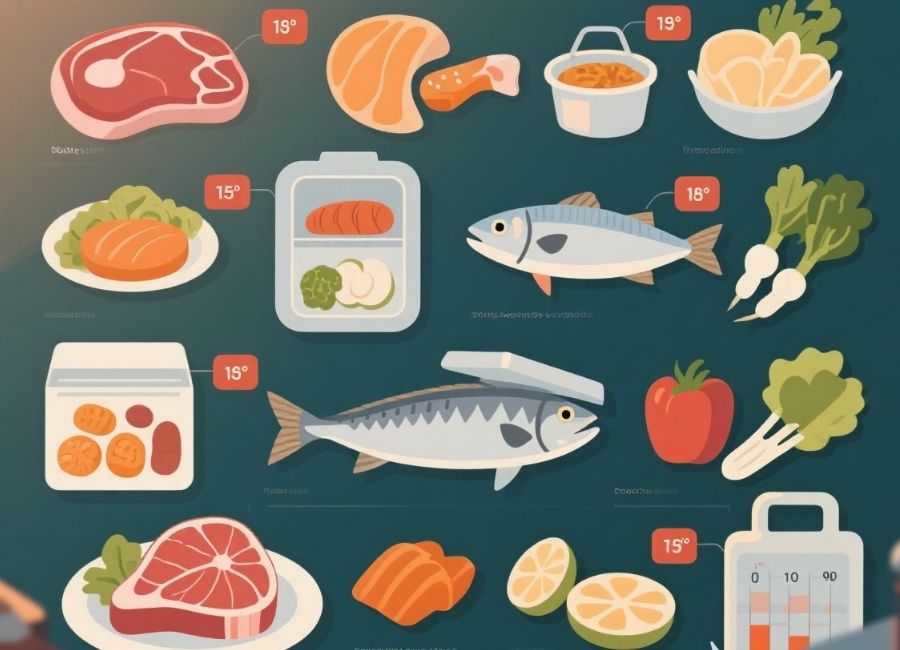We’ve all been there—standing in front of the fridge, holding a container of yogurt that’s three days past its expiration date, wondering if it’s still safe to eat. The milk smells fine, the bread looks normal, but that little date stamp creates a nagging doubt. Should you risk it or discard it?
The reality is more nuanced than most people realize. Expiration dates don’t work like a magic switch that suddenly makes food dangerous at the stroke of midnight. Understanding what actually happens when you eat expired food can help you make smarter decisions, reduce food waste, and keep your family safe.
This guide will walk you through the science behind food expiration, the real risks involved, and how to determine when expired food is actually dangerous versus when it’s simply past its prime.
Understanding Food Expiration Dates
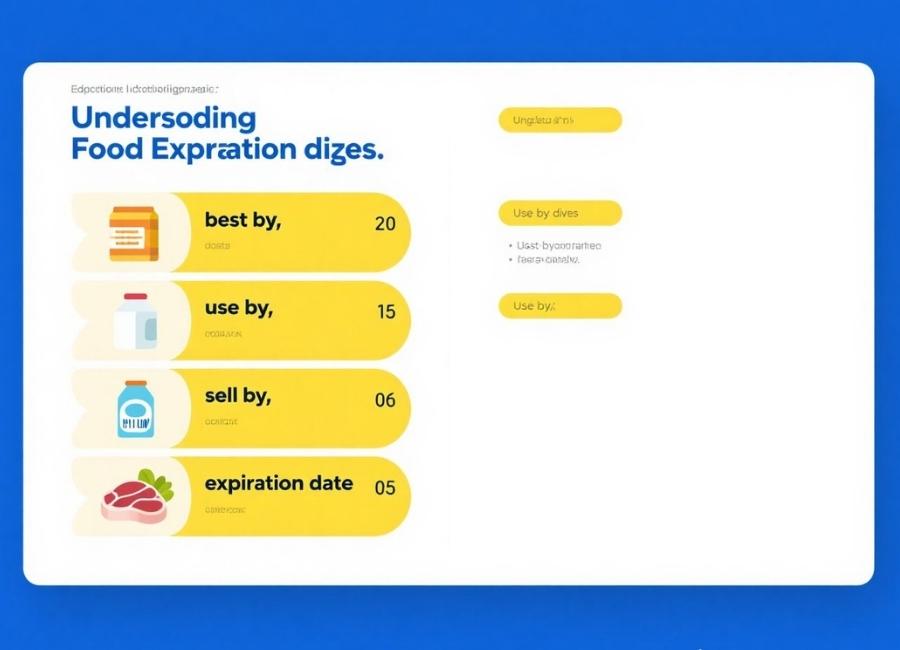
Food manufacturers use several different date labels, and they don’t all mean the same thing. “Best by,” “use by,” “sell by,” and “expiration date” serve different purposes and indicate varying levels of food safety concern.
Best-by dates indicate when a product is expected to be at its peak quality, but the food often remains safe to consume after this date. These dates focus on taste, texture, and nutritional value rather than safety.
Use-by dates are more serious and typically relate to food safety. These appear most commonly on perishable items, such as dairy products and fresh meat.
Sell-by dates help retailers manage inventory and ensure products are sold while still fresh. Consumers can often use these products for several days after the sell-by date.
The key insight here is that most expiration dates are about quality, not safety. Food doesn’t automatically become harmful the moment it passes its printed date.
What Actually Happens When Food Expires
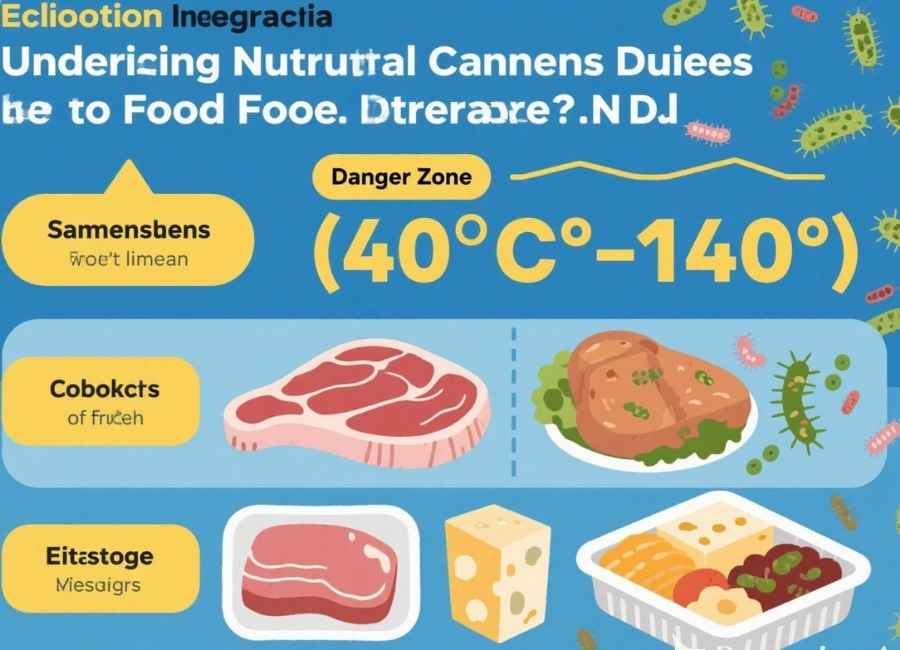
When food ages beyond its optimal freshness, several molecular-level changes occur. Understanding these processes helps explain why some expired foods are relatively harmless while others pose genuine health risks.
Bacterial Growth and Multiplication
Harmful bacteria, such as Salmonella, E. coli, and Listeria, can multiply rapidly on expired foods, especially those stored at improper temperatures. These pathogens don’t always produce obvious signs, such as bad smells or visible mold, making contaminated food particularly dangerous. (Molds on Food: Are They Dangerous?, n.d.)
Perishable foods like raw meat, dairy products, and prepared meals create ideal breeding grounds for bacteria when left too long. The “danger zone” between 40°F and 140°F accelerates bacterial growth exponentially. (“Danger Zone” (40°F – 140°F), n.d.)
Chemical Changes and Nutrient Loss
Even when bacteria aren’t a concern, expired food undergoes chemical changes that affect taste, texture, and nutritional value. Fats become rancid, proteins break down, and vitamins deteriorate over time. (Understanding Nutritional Changes Due to Food Deterioration, n.d.)
Canned goods may develop a metallic taste, while dried foods lose their texture and become stale. These changes rarely pose health risks but significantly impact the eating experience.
Mold and Fungal Development
Visible mold represents one of the most obvious signs of food spoilage. While some molds are harmless, others produce mycotoxins—toxic compounds that can cause serious health problems.
Mold spreads beyond what you can see on the surface, sending invisible root threads throughout the food. (How Mold Grows on Food, n.d.) Simply cutting off the moldy portion doesn’t eliminate the contamination.
Health Risks of Eating Expired Food
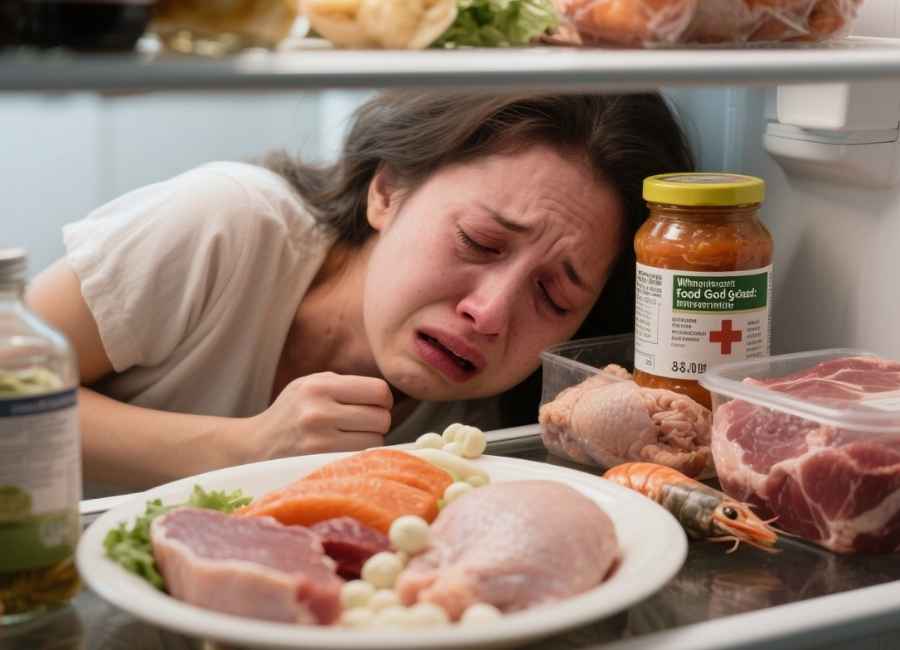
The consequences of consuming expired food range from mild discomfort to life-threatening illness, depending on the type of food, storage conditions, and individual health factors.
Food Poisoning Symptoms
Most cases of foodborne illness from expired food manifest within 6 to 72 hours after consumption. (When good food goes bad: How to protect yourself from food poisoning, n.d.) Common symptoms include nausea, vomiting, diarrhea, abdominal cramps, and fever.
Mild cases typically resolve within a few days with proper hydration and rest. However, severe food poisoning can lead to dehydration, kidney problems, and other serious complications requiring medical attention.
High-Risk Foods to Avoid
Certain expired foods pose significantly higher risks than others. Raw or undercooked meat, poultry, and seafood top the danger list due to their protein content and susceptibility to harmful bacteria. (Consumer Advisory for the Consumption of Raw or Undercooked Foods of Animal Origin, n.d.)
Dairy products, especially unpasteurized varieties, can harbor dangerous pathogens well before they show obvious signs of spoilage. (Xu & Wenqing, 2015) Eggs, prepared salads, and foods containing mayonnaise also present elevated risks when consumed past their expiration dates.
Soft cheeses, deli meats, and pre-prepared meals deserve particular caution because they’re often consumed without additional cooking that might kill harmful bacteria.
Vulnerable Populations
Pregnant women, young children, elderly adults, and individuals with compromised immune systems face greater risks from expired food consumption. (Food Safety Booklet for Pregnant Women, Their Unborn Babies, and Children Under Five, 2025) Their bodies have reduced ability to fight off foodborne pathogens that might only cause mild discomfort in healthy adults.
These vulnerable populations should strictly observe expiration dates and err on the side of caution when food safety is questionable.
Foods That Are Generally Safe Past Expiration
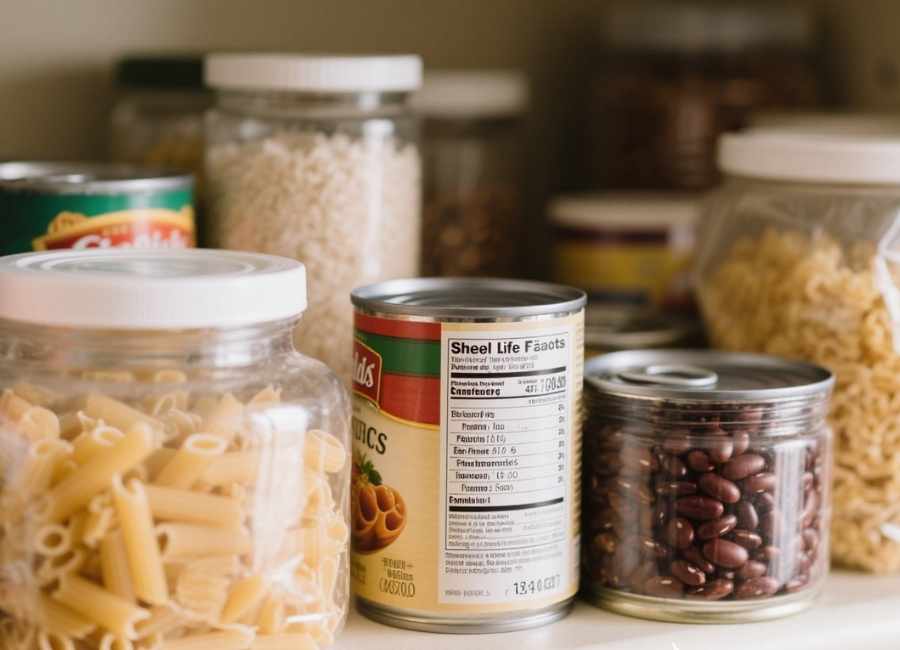
Not all expired foods pose immediate health risks. Many shelf-stable items remain safe to consume well beyond their printed dates when stored properly.
Dry Goods and Pantry Staples
Pasta, rice, dried beans, and similar dry goods can last months or even years past their expiration dates when stored in cool, dry conditions. (The Shelf Life of Pantry Items, n.d.) These foods might lose some nutritional value or develop stale flavors, but they rarely become dangerous.
Canned goods also have impressive longevity. Properly stored canned foods can remain safe for years beyond their expiration dates, though quality may decline over time. (Canning, n.d.)
Frozen Foods
Freezing significantly extends food safety by halting bacterial growth. (Freezing and Food Safety, n.d.) While frozen foods may undergo texture changes or freezer burn after extended storage, they typically remain safe to eat well beyond their expiration dates.
The key is maintaining consistent freezer temperatures at 0°F or below. Temperature fluctuations can compromise food safety even in frozen storage.
How to Safely Assess Expired Food

Determining whether expired food is safe requires more than just checking dates. Your senses provide valuable information about food safety when used correctly.
The Smell Test
Trust your nose when evaluating questionable food. Off odors, sour smells, or unusual aromas often indicate bacterial growth or spoilage. However, remember that some dangerous bacteria don’t produce detectable odors.
Fresh foods should have a neutral or pleasant aroma. Any sharp, pungent, or uncharacteristic odors suggest the food has deteriorated beyond safe consumption.
Visual Inspection
Look for obvious signs of spoilage, such as mold, discoloration, or unusual textures. Slimy surfaces on meat or dairy products indicate bacterial growth, while fuzzy growths signal mold contamination.
Check packaging integrity as well. Bulging cans, cracked containers, or damaged seals compromise food safety regardless of expiration dates.
Temperature Considerations
Food storage temperature plays a crucial role in safety. Items left at room temperature for extended periods face a higher risk of contamination than properly refrigerated foods.
When in doubt about storage conditions or temperature exposure, choose caution over the risk of potential food poisoning.
Making Smart Decisions About Food Safety
Food safety doesn’t require paranoia, but it does demand informed decision-making. Focus on high-risk foods while taking reasonable chances with lower-risk items.
Consider your personal health status, the type of food in question, and storage conditions when making these decisions. Trust your instincts—if something seems off, it probably is.
Proper food storage, regular refrigerator cleaning, and understanding expiration date meanings will help you minimize waste while maintaining safety. Remember that “when in doubt, throw it out” remains sound advice for questionable foods.
The goal is to find the balance between food safety and waste reduction. With knowledge and careful observation, you can make confident decisions about expired food that protect your health while respecting your budget and environmental concerns.

